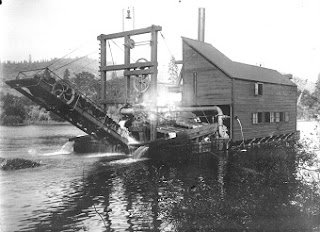MODOC: The Tribe That Wouldn't Die by Cheewa James, a direct Modoc descendant, is an engaging and fascinating account of the events leading up to the Modoc War of 1873, the war itself, and the aftermath.
The Modocs were a tribe of industrious and democratic minded people. (Women in Oregon were not granted the right to vote until 1912, but Modoc women always had a say in their tribal laws.) For the most part, they lived in harmony with incoming white settlers. That is, until the land-grabbing white men in the form of Jesse Carr and Jesse Applegate coveted the Modoc's Lost River area of Northern California and Southern Oregon. (Historian Robert Johnston stated in a 1991 study that "...looking at the record...it can be shown that the two Jesses--one an Oregonian, the other a Californian--probably did more than all other settlers, civilian governmental officials, or the military, to cause that tragic conflict.")
The Modocs led by Captain Jack bravely fought for what was rightly theirs. Although they ultimately lost, there was a heavy price paid by both the Modocs and the U.S. Army.
Through Ms. James account, we learn that the Modocs are a tenacious, hard-working people who only wanted to peacefully co-exist, and even assimilate, with the ever increasing number of pioneers. They paid an overwhelmingly heavy price for their efforts in this area we now call home.
MODOC: The Tribe That Wouldn't Die can be purchased now for just $19.95.
or at the Josephine Historical Society's Bookshop located in the Research Library at 512 K Street, Grants Pass; or at their Online Bookshop.












